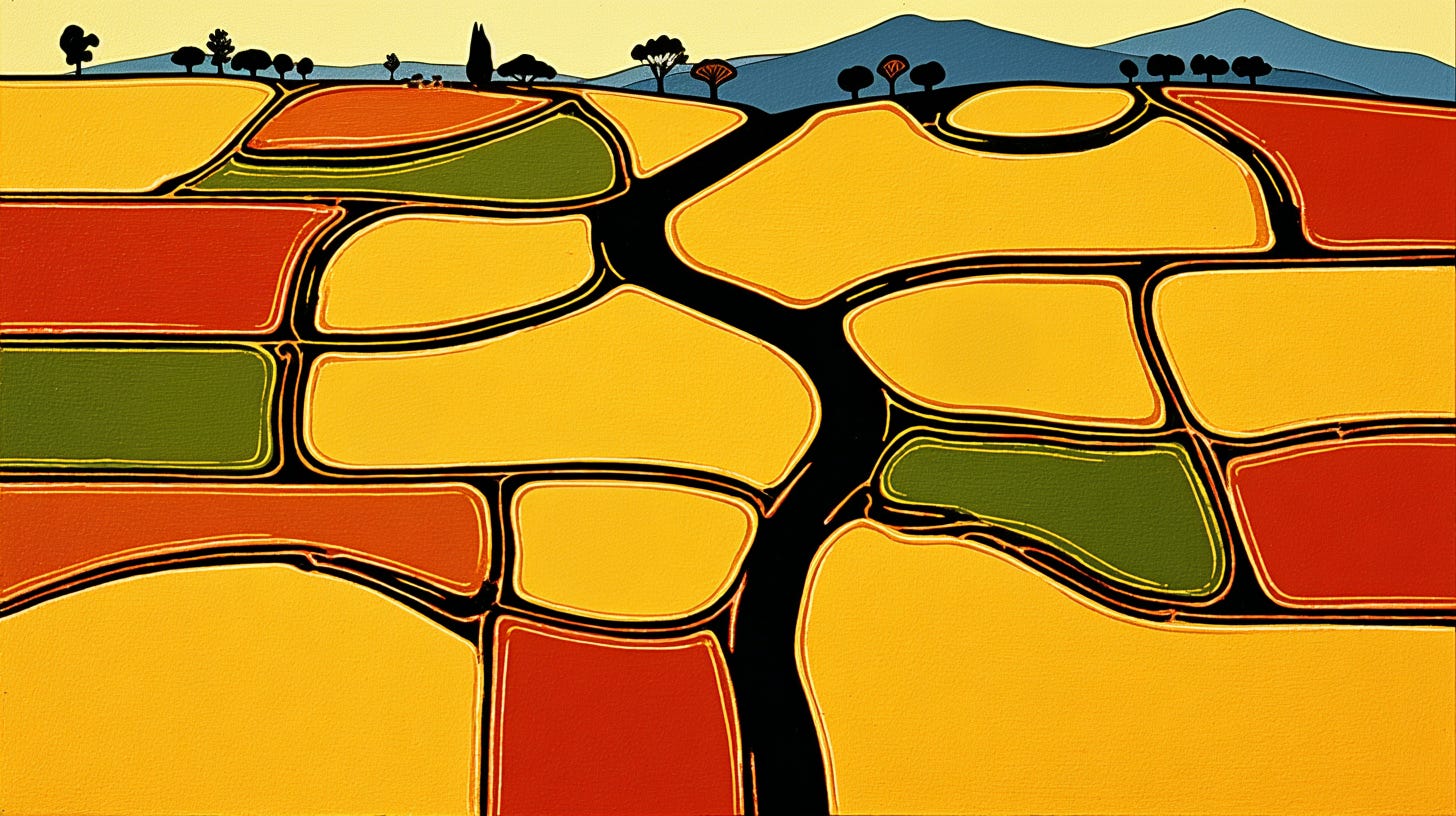Field notes
New research reveals what has happened to farm size over the last half-century
My grandfather had been an ostrich farmer, just as his grandfather was before him. The family had farmed in Volmoed, a district just outside Oudtshoorn in South Africa’s Southern Cape, for at least five generations. Over time, I imagine, the initial land had been divided up, in an era of high fertility rates, among the many surviving sons. By the time my grandfather – also Johan Fourie – was old enough to start out on his own, there was not much to work with any longer.
How he managed to raise seven children and support at least three farm worker families on 45 hectares of arid land I still do not know. But by the early 2000s, when none of his surviving children were able or willing to take over, he sold the farm to the government as part of an empowerment scheme. If seven children had been difficult enough to raise on that land, twenty-four beneficiaries and their dependents would be impossible. And so it turned out. The land has since changed hands twice, and was finally consolidated into a much bigger farm, benefitting from the economies of scale that modern-day farming, even ostrich farming, demands.
The fortunes of the former family farm tell a personal story, but also a global one. My friend and Stellenbosch colleague Jan Greyling, together with University of Minnesota agricultural economist Phillip Pardey, have recently produced a remarkable study measuring the change in farm sizes at a global level over the last seventy years. I was fortunate to be sent an early draft of their manuscript, which is now under review.
What sets this new study apart is both the scale of its ambition and the innovations in its method. Until now, our understanding of changes in global farm structure has been hampered by patchy data and inconsistent definitions, especially outside the wealthier countries. Greyling and Pardey take a significant step forward by building a new, balanced-panel dataset that covers 168 countries over a full half-century. They do this by developing a careful system for filling in gaps, combining statistical imputation with targeted country-specific studies, especially in under-studied regions like sub-Saharan Africa and the former Soviet Union. This approach would have been almost impossible without recent advances in both data availability and computational techniques, allowing them to piece together a picture that is at once broader and more nuanced than any before it.
So, what do the results show?




